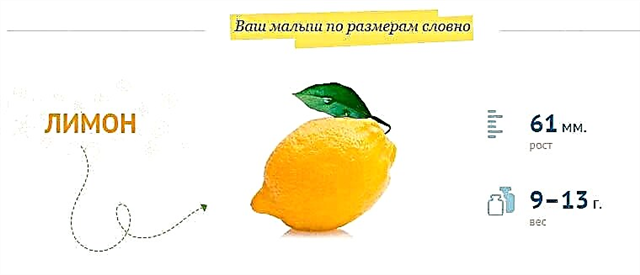
A blood test is very informative, therefore, a baby can face such tests from the first days of life. Routine diagnostic tests are usually taken from the finger, but often the child is prescribed a venous blood test. And it is natural that mothers want to know whether the child needs to inject a vein and how the manipulation will take place.
Causes
Obtaining blood from a child's vein is important for certain clinical studies that help identify diseases of internal organs, exclude pathologies, or clarify treatment.
How is blood from a vein different from that taken from a finger?
First of all, they have a different gas composition and a different content of protein, trace elements, glucose, enzymes and other substances. Venous blood flows from the internal organs, so its analysis shows better how they work.
In addition, one of the advantages of sampling venous blood is the ability to take a large volume of material at once for several analyzes. It will not work to get a lot of material from a child's finger. The volume obtained from the finger is sufficient only to determine the cellular composition (for the UAC).

Recently, venous blood sampling has also begun to be frequently prescribed for general analysis. This is a global modern practice, since when blood is taken from a finger, a lot of intercellular fluid gets into it, which can affect its cells. In addition, vein manipulation is less traumatic and painful for a child than a finger puncture.
Indications
The analysis of venous blood is prescribed for the purpose of:
- Allergen definitions. An analysis is prescribed in the presence of other manifestations of an allergic reaction in order to identify allergens and exclude their effect on the child.
- Detection of viral and parasitic diseases. Such tests are called serological. They are prescribed to confirm or exclude the presence of toxoplasmosis, parotitis, measles, herpes, amebiasis and other diseases.
- Determination of sugar levels. The determination of glucose with such an analysis is more accurate, therefore, if you suspect diabetes, the child will be sent to him.
- Biochemical analysis. This analysis is prescribed for severe diseases and suspected liver or kidney pathology.
- Determination of blood group. This test is most often prescribed before blood transfusion and surgery.

How is it taken?
For blood sampling, veins are used, located:
- In the area of the elbow bend;
- On the forearm;
- On the back of the hand;
- On the head.
In these places, the veins of the child are more visible, so it is easier to get into them with a needle. Most often, the manipulation is performed with the elbow bend vein. The baby's handle is pulled a little higher with a tourniquet, the place of the future puncture is lubricated with alcohol, then pierced with a needle and blood is collected. After removing the needle, a cotton swab is applied to the puncture site and the baby's handle is bent at the elbow.

Training
First of all, mom needs to tune in to the procedure psychologically and not worry, as her worries will be passed on to the baby. If the baby is over a year old, explain to him why the test is required and what will happen. Are you worried that the baby will be hurt? Use an anesthetic cream.
Give your child a drink before testing so that their blood is not too viscous. It is also recommended to warm up your baby's hands before the procedure.
If you are asked to leave the office while your baby is being drawn, do not worry. This is sometimes practiced so that the child is less worried and the health worker cope with the manipulation faster. A bright toy will help to distract the baby during the procedure.
After manipulation, give your baby pleasant emotions - hug the baby, do an interesting thing, for example, play or watch your favorite cartoon. Then the negative from the procedure will be quickly forgotten.



